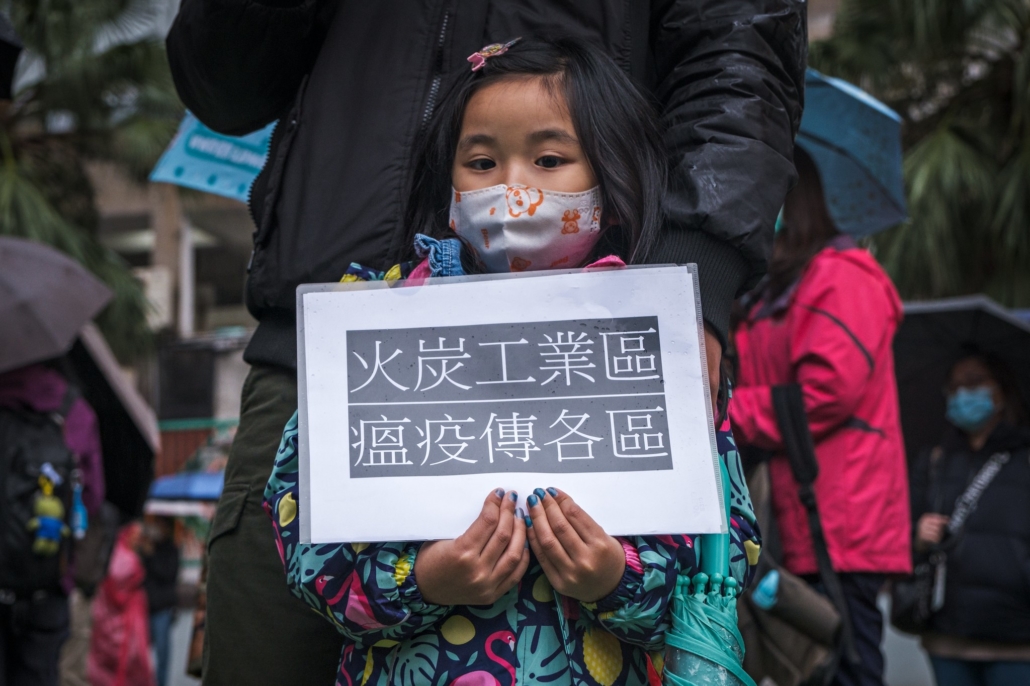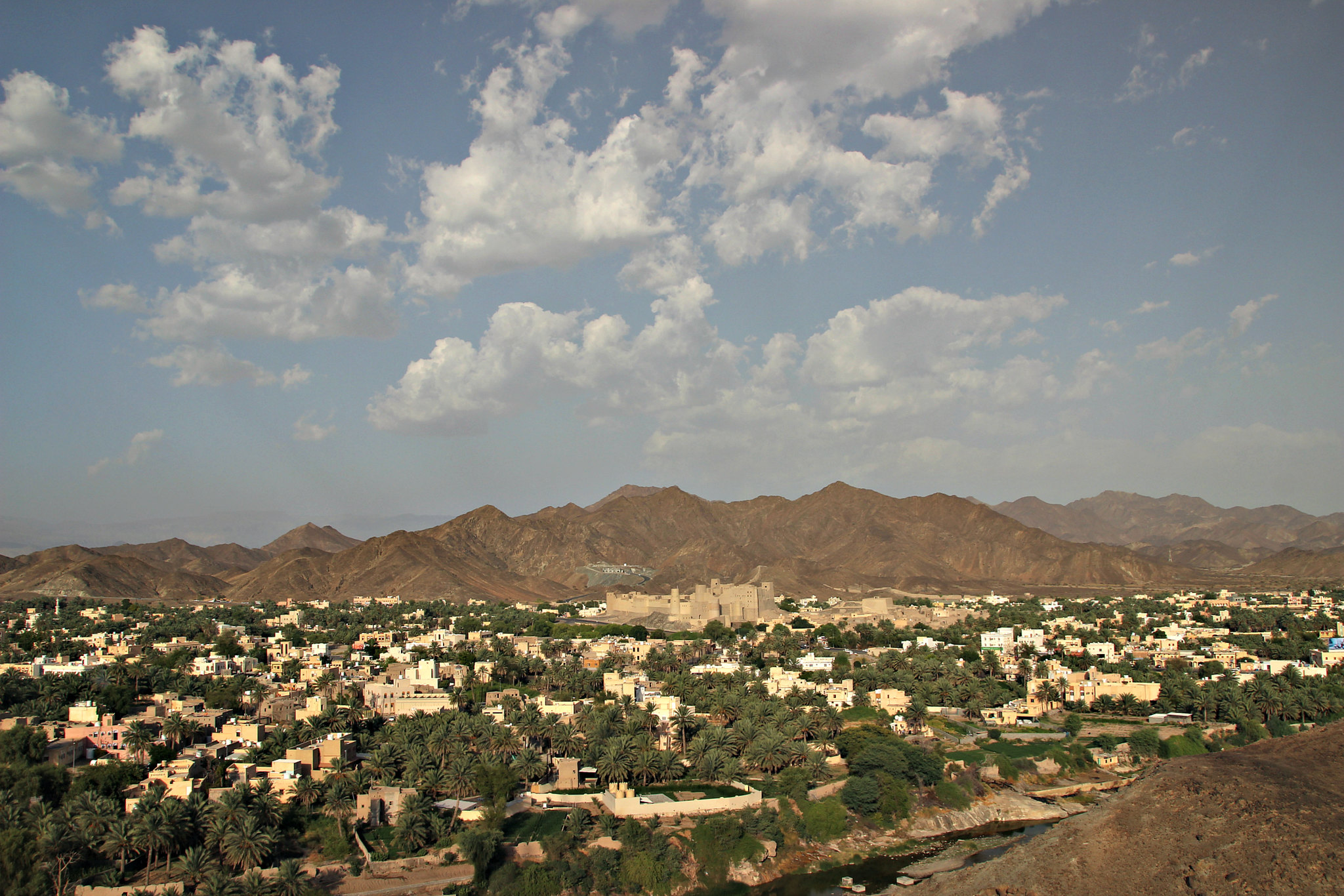
There are several lessons from past pandemics that apply to COVID-19 prevention today. With the rise of COVID-19, it is particularly important to look back at history to prevent similar detrimental results.
Spanish Flu and Social Distancing
One of the main lessons from past pandemics such as the Spanish Flu is that social distancing works. With cities around the world such as San Fransisco ordering social distancing, this lesson is as pertinent as ever. In 1918, Philadelphia threw a parade to support soldiers fighting in WWI that drew a crowd of 200,000 people. Just three days later, every bed in Philidalphia’s 31 hospitals comprised of people infected with the flu. Unfortunately, despite Philadelphia’s enforcement of social distancing after the infection rate rapidly increased, this response was too late.
St. Louis, on the other hand, was more proactive with enforcing city-wide social distancing regulations. Within just two days of detecting the first cases of the flu in St. Louis residents, the city enforced social distancing measures. This resulted in less than half of the flu’s death toll than in Philadelphia.
Social distancing is not just about staying away from others when ill but also about reducing the chances of becoming a carrier of the disease. Several people might have coronavirus and not even know it as only 19 percent of confirmed cases of COVID-19 become critical. Because of this, it is important to stick to social distancing regulations as much as possible.
HIV/AIDS and the Deadliness of Social Stigma
The ongoing HIV/AIDS pandemic faces a great amount of social stigma that has lead to insufficient government prevention methods. This stigma is due to discriminatory views that the virus infects those who are gay or drug addicts who use intravenous drugs.
Though governments are more responsive today, when the HIV/AIDS pandemic first arose, many including the U.S. were late to respond due to this stigma. This resulted in many protests and, eventually, the government became more responsive.
One of the main lessons from the HIV/AIDS pandemic that one can apply to the COVID-19 outbreak is the fatal impact of social stigma. There are several discriminatory sentiments toward the Asian community right now with the COVID-19 pandemic. This stigma has led to a rise in hate crimes. People of Asian descent are not the only community capable of suffering an infection from this virus, and discrimination towards them can be deadly just as the case with those that the HIV/AIDS pandemic affected.
Small Pox and Global Cooperation
The World Health Organization (WHO) ran a vaccination campaign to eradicate smallpox from 1966-1977. It jumped through many government hoops in order to run the campaign, which was eventually successful. The current coronavirus outbreak will require similar action. Following government orders and keeping up with guidelines and news from the CDC and WHO will greatly help with global cooperation to slow the spread of COVID-19.
A critical issue that requires immediate and rapid cooperation is the stocking up of medical masks and other medical supplies such as hand sanitizer in a frenzy. While buying these supplies might seem helpful at the moment, it is actually having consequential effects. Doctors have reported shortages of masks that could lead to a dire situation if buying habits like this continue. Additionally, reports state that masks for healthy people are ineffective as a means of prevention.
Another form of cooperation that will help prevent those that the virus affects is joining local activist coalitions in helping those vulnerable to COVID-19, such as unemployed or food insecure individuals. In Seattle, COVID-19 Mutual Aid is a coalition that is helping out in solidarity with those most vulnerable. One can obtain further information about its work by visiting its Instagram page.
Hope for the Future
Social distancing, destigmatization and global cooperation are key lessons from past pandemics that easily apply to COVID-19. Not only learning but applying these lessons to the current pandemic is key to beating this virus.
– Emily Joy Oomen
Photo: Pixabay


